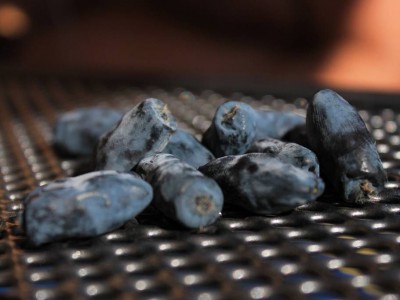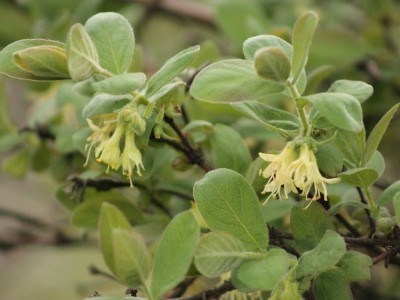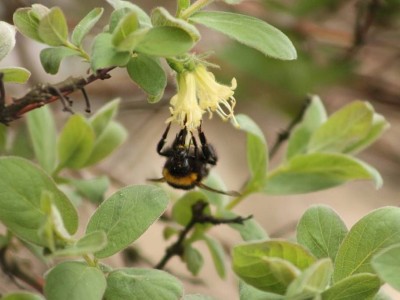Kamchatka berry
Kamchatka berry (Lonicera caerulea L.) is a variety of blue honeysuckle, originating from the honeysuckle family. It is popularly known as Kamchatka berry, but it should actually be called Kamchatka honeysuckle. A Kamchatka berry shrub can reach the height of up to 2 meters and is a long-lived plant. It blossoms in the first half of April, and its fruits are oblong, sweet and sour, purple drupes, reminiscent of elongated blueberries. Kamchatka berry is a frost-resistant shrub, therefore it can grow in areas with a harsh climate. Its shoots withstand frosts down to -45°C, and its flowers and fruits tolerate spring frosts down to -8°C. Kamchatka berry shrubs fructify in the first year after planting already. The fruits appear from May to June. These plants are long-lived, they can be grown in the same place for many years. In addition, they are resistant to diseases and are rarely attacked by pests. There is also another reason why Kamchatka berry gets more and more popular. The price of its fruits is high enough to ensure the profitability of crops.
The Kamchatka berry shrubs grow and fructify best at sunny sites protected from wind. The species is open-pollinated, therefore it requires cross-pollination. It attracts bumblebees and bees in early spring. Kamchatka berry seedlings prefer fertile, loamy, but not heavy soils with a slightly acid to alkaline reaction. The plant likes moisture, but spring flooding may adversely affect its development.
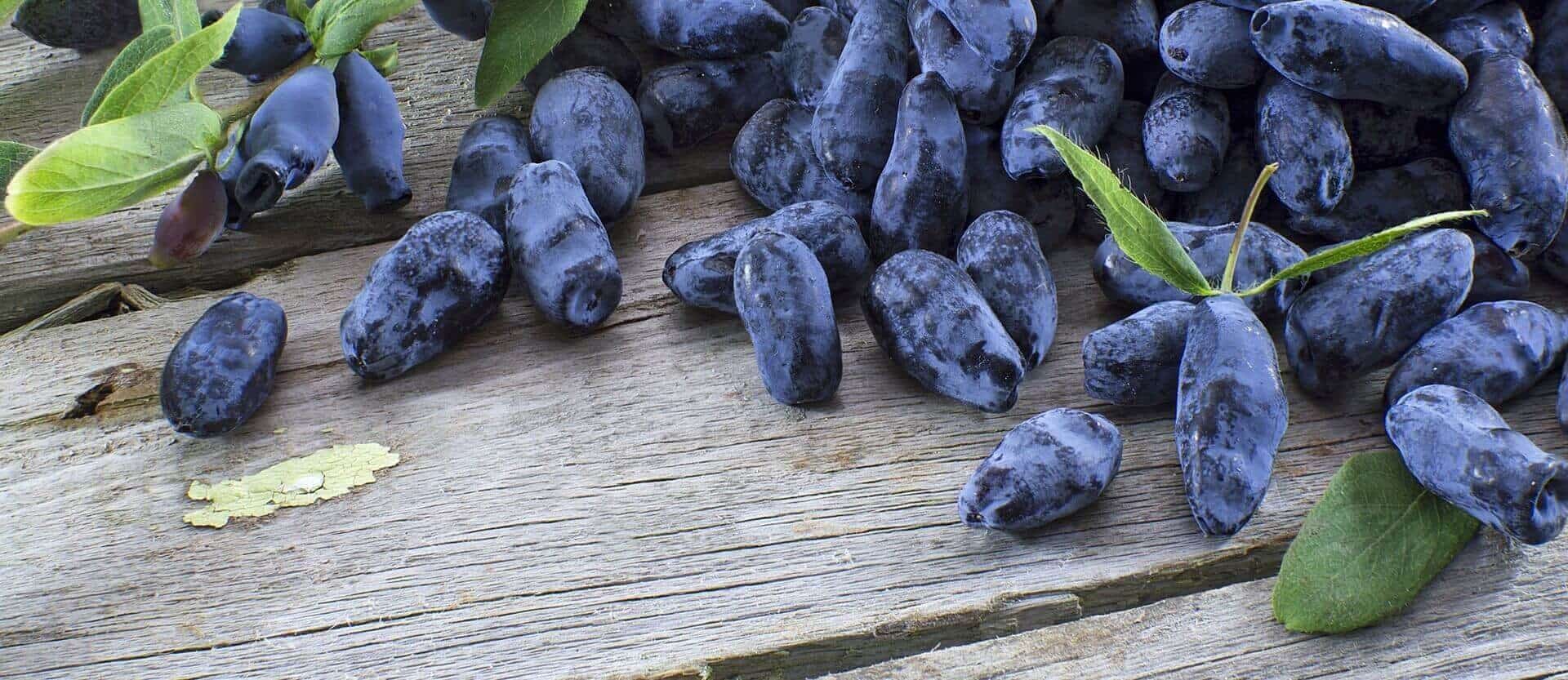
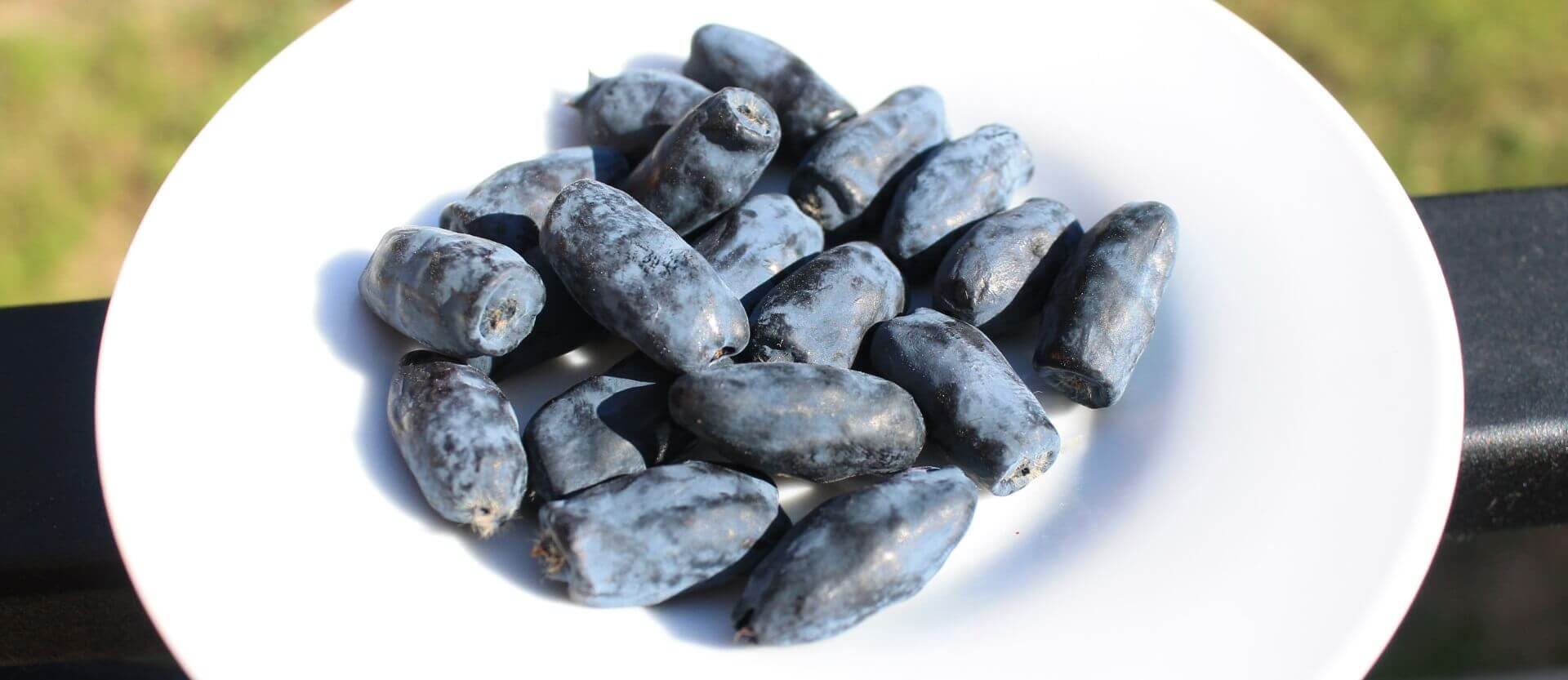
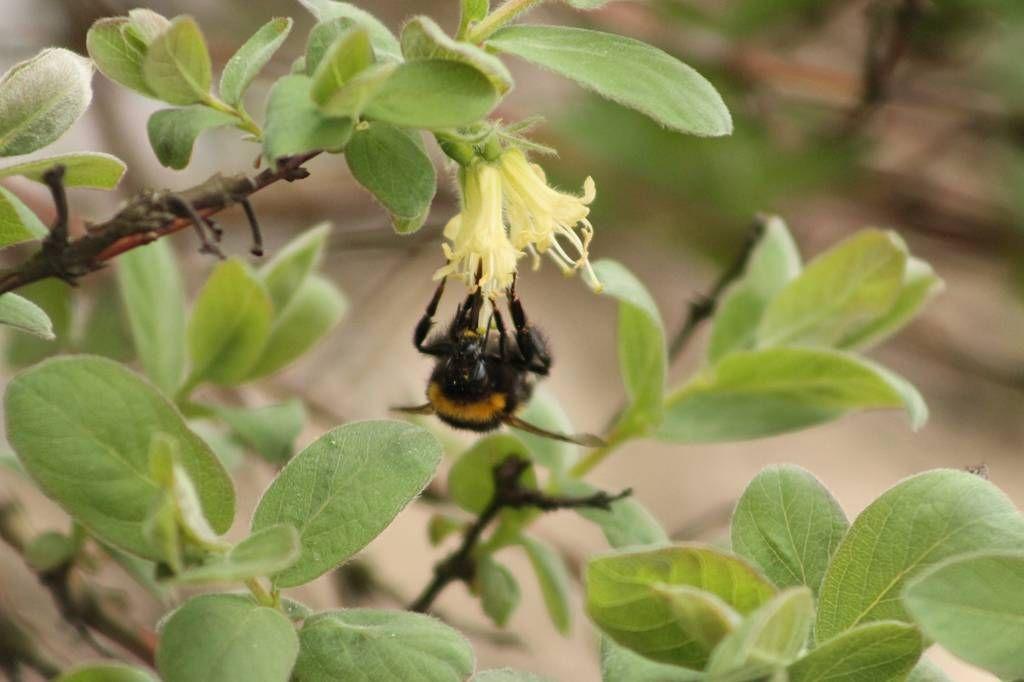
Caring for Kamchatka berry
During the first years of growth, Kamchatka berry seedlings do not require special care. 7-10 years after planting you should thin the crown and prune the skeletal branches. After 20-25 years of cultivation, a rejuvenating cut should be made – i.e. cutting out weak shoots and shortening the oldest ones. The shrubs grow to the height of about 2 m and almost the same width. For manual harvest, Kamchatka berry seedlings should be planted at intervals of 0.7-1.0 m in a row. The distance between the rows should be 3.0 m – 3.5 m (3000 to 4000 pcs/ha) For mechanical harvesting, the row spacing of 0.5 m – 0.7 m and the distance between the rows of 4.0 m – 4 .5 m (3700 to 5000 pcs/ha) will work better.
As a producer of blueberries and Kamchatka berries, we recommend these plants for plantations, home gardens and allotments. They will provide great amount of berries for sale or for use at home – as part of the daily menu and as a raw material for preserves. A fully-grown shrub can yield from 3 to 7 kg of fruits, depending on the type of the seedling and the variety. Of course, a lot depends on good fertilisation and proper care. The varieties of Kamchatka berry differ mainly in the size and shape of the fruits. The fruits offer health-promoting properties – they are very important in the prevention of heart disease, because they strengthen the blood vessels. They also reduce blood pressure and are used in the anti-cancer diet – they are a rich source of antioxidants that help the body fight free radicals.
Preserves made of Kamchatka berry retain up to 80% of these antioxidants. In addition, the fruits strengthen the body and help to remove various toxic substances, e.g. heavy metals. They can be used for making jams, juices and liqueurs. Our farm sells seedlings to wholesale and retail customers. In the case of larger orders we offer more attractive prices.
We offer Kamchatka berry seedlings of the following varieties:
The seedlings are available in P9 pots.
AURORA - Canadian variety
The shrub grows up to the height of 1.80 cm, it is dense with an upright habit.
It ripens in the second half of June, the fruits are sweet, slightly elongated and oval in shape,
they are easy to harvest and do not fall off.
A high-yielding variety, the fruits ripen in the second half of June and are suitable for mechanical harvesting.
The average yield per shrub is 5 kg, the average yield per 1 ha is around 16 t.
To obtain a high yield, it is recommended to plant several varieties side by side in order to facilitate
cross-pollination, e.g. Indygo Gem, Honeybee, Tundra.
HONEYBEE - Canadian variety
A shrub with a slightly spreading habit, it grows up to the height of 1.50 m and the width of 1.20 m.
The fruits ripen in the second half of June, they are slightly sour, dessert-like an juicy.
They stay on the shrub for a long time and do not fall off.
The yield per shrub is 4-4.5 kg, the average yield per 1 ha is around 13-15 t.
For a high yield, it is recommended to plant several varieties side by side
in order to facilitate pollination, e.g. Gem, Aurora, Tundra.
INDIGO GEM - Canadian variety
The shrub grows up to the height of 1.5 m and the width of 1.20 m, the shoots' habit is V-shaped.
It ripens in the second half of June, the fruits are elongated, oval, sweet and dessert-like.
This variety is recommended for industrial cultivation. The fruits do not fall off, mechanical harvesting is possible.
The average yield per shrub is 4-4.5 kg. The average yield per 1 ha is 13-15.5 t.
In order to obtain high yield, it is recommended to plant several varieties next to each other, e.g. Aurora, Honeybee.
JUGANA - Russian variety
A shrub with an erect habit and medium strength, height – 1,50 m, width up to 1,90 m. The flowers develop in the first half of April and are resistant to spring frosts. The fruits ripen simultaneously in the second half of June, they are hard, sweet and very tasty, they can be frozen. Bell-shaped, flattened at the bottom. Good for manual and mechanical harvesting, the fruits easily separate from the stalk, they have a medium tendency to fall off. The average yield per shrub is 3.5 kg, the average yield per 1 ha is around 12 t; max – 21 t/ha. In order to obtain high yield, it is recommended to plant several different varieties side by side – cross-pollination, e.g. Vostorg, Docz Velikana.
VOSTORG - Russian variety
A shrub with a medium growth strength and medium branching, height – 1,80 m, width – 1,80 m, the shoots are erect, straight. Dessert cigar-shaped fruits, they ripen in the second half of June, they are hard, which makes them suitable for transport, their taste is sweet and slightly sour. They ripen at the same time, which facilitates mechanical harvesting, their fall off rate is average, they are suitable for freezing. The average yield is 2,5-5 kg per shrub, the yield per 1 ha is 8 t; max – around 18 t/ha. In order to obtain high yield, it is recommended to plant several varieties to facilitate cross-pollination, e.g. Jugana, Docz Velikana, Bakczarskij Velikan.





